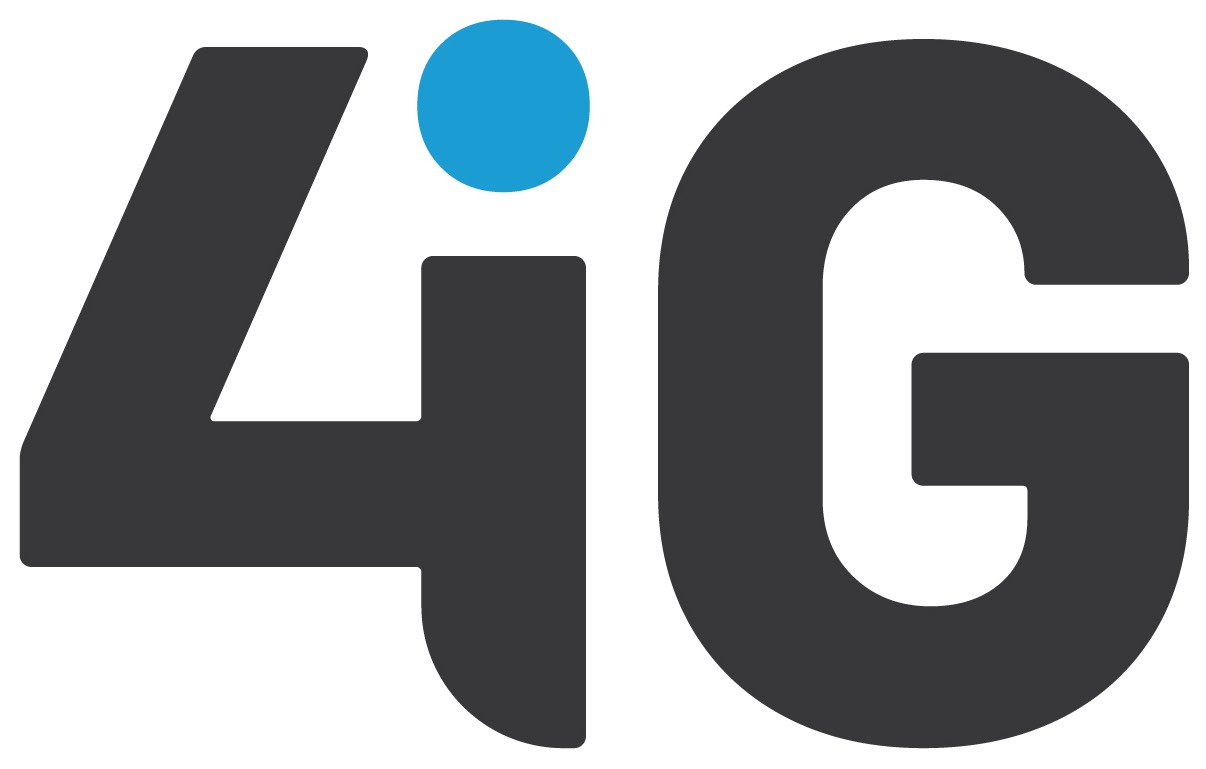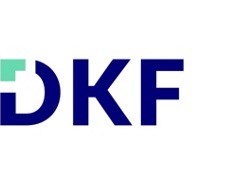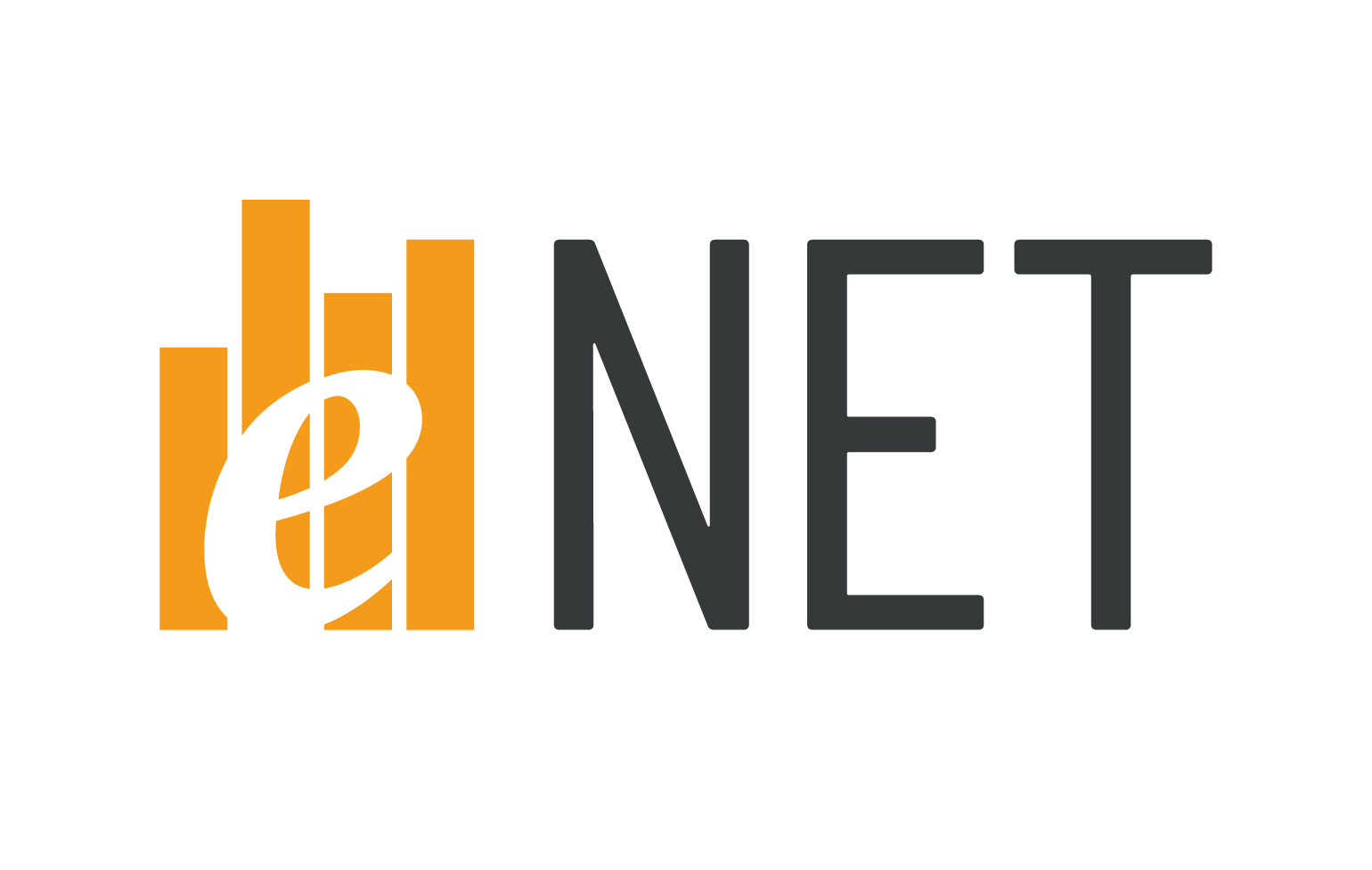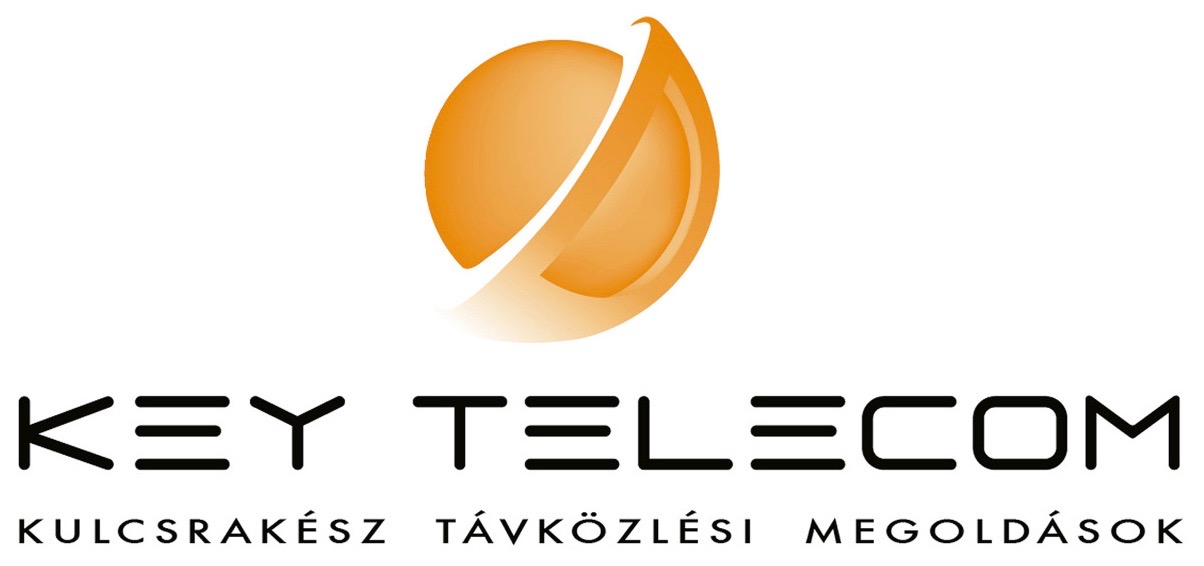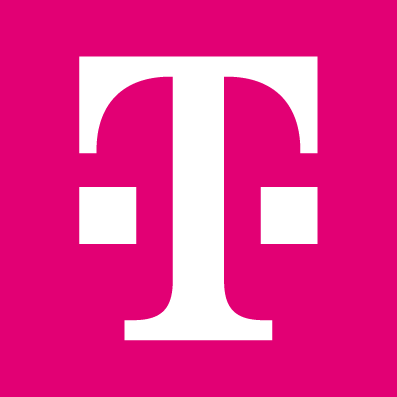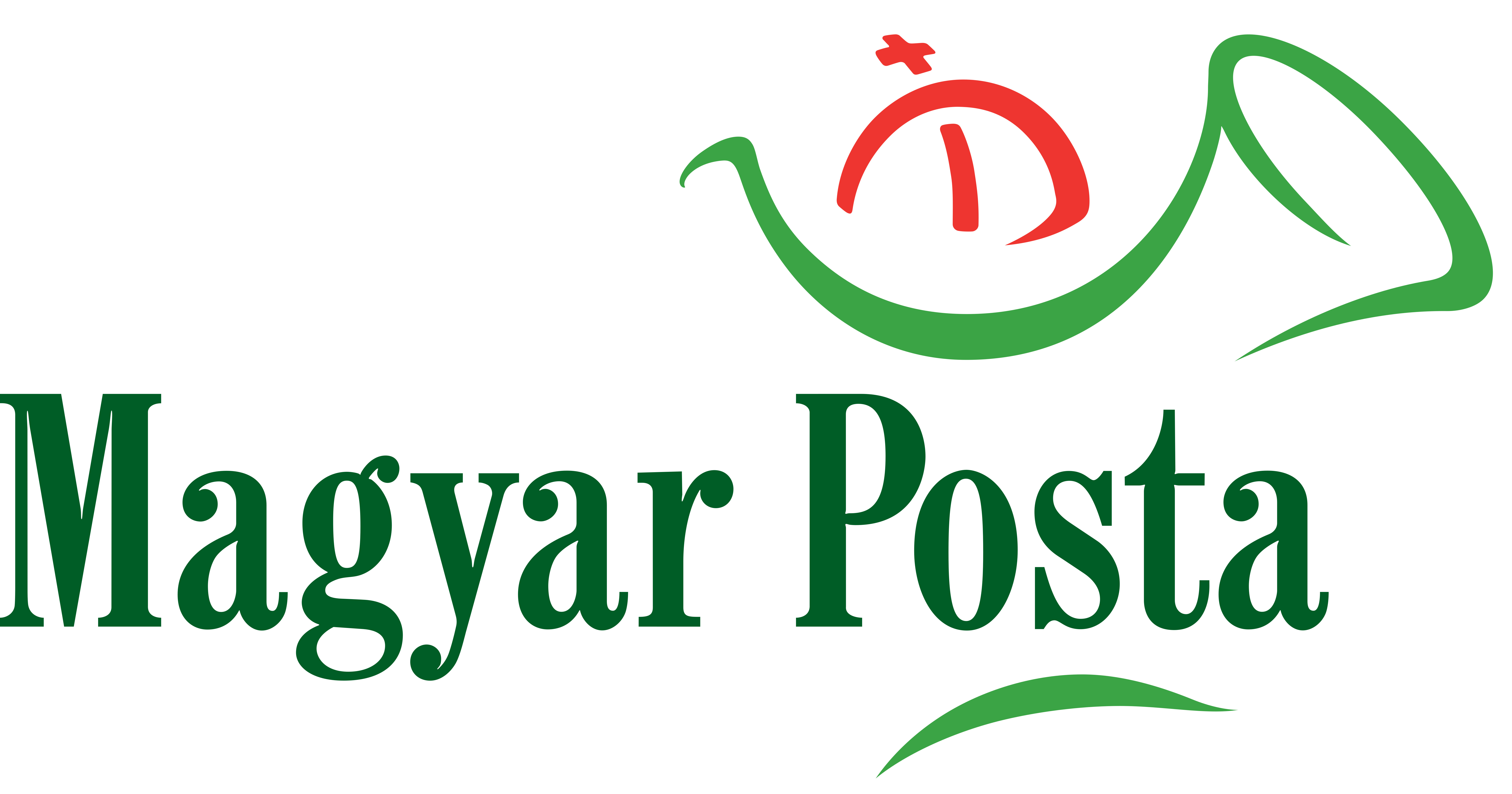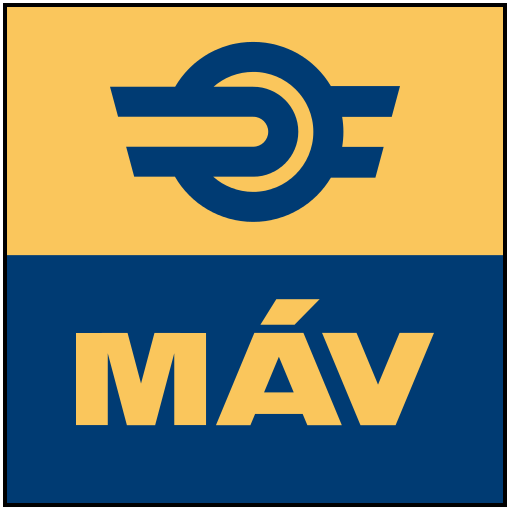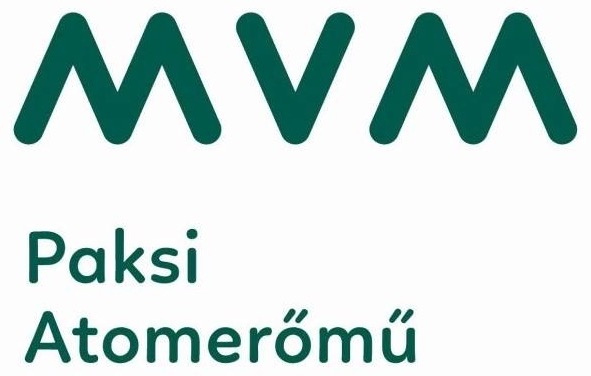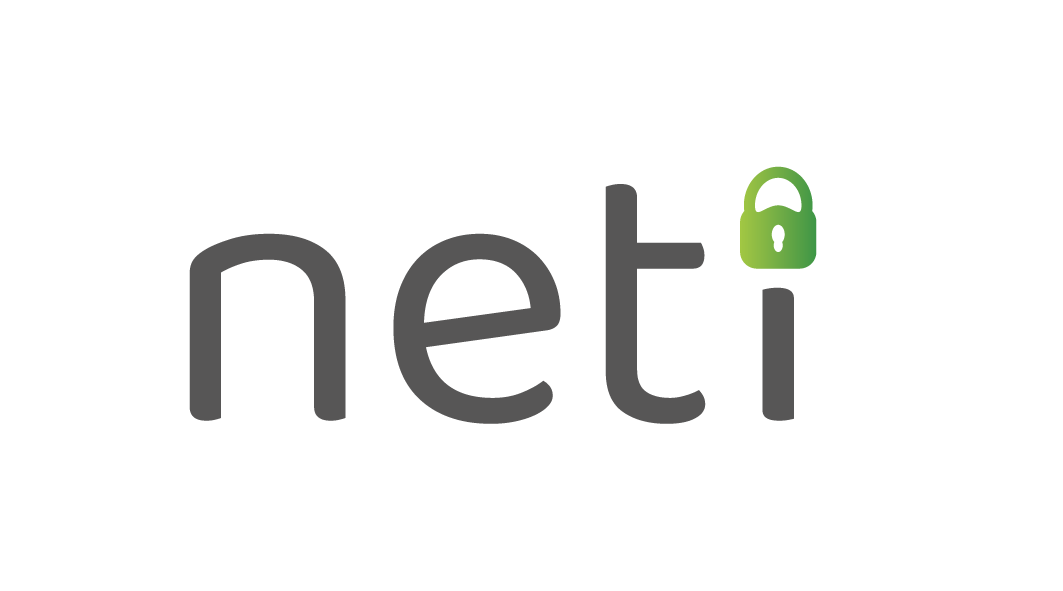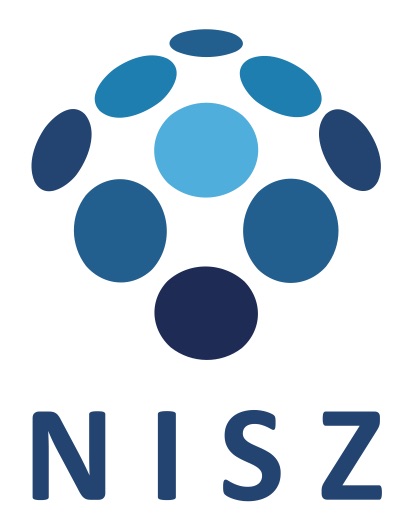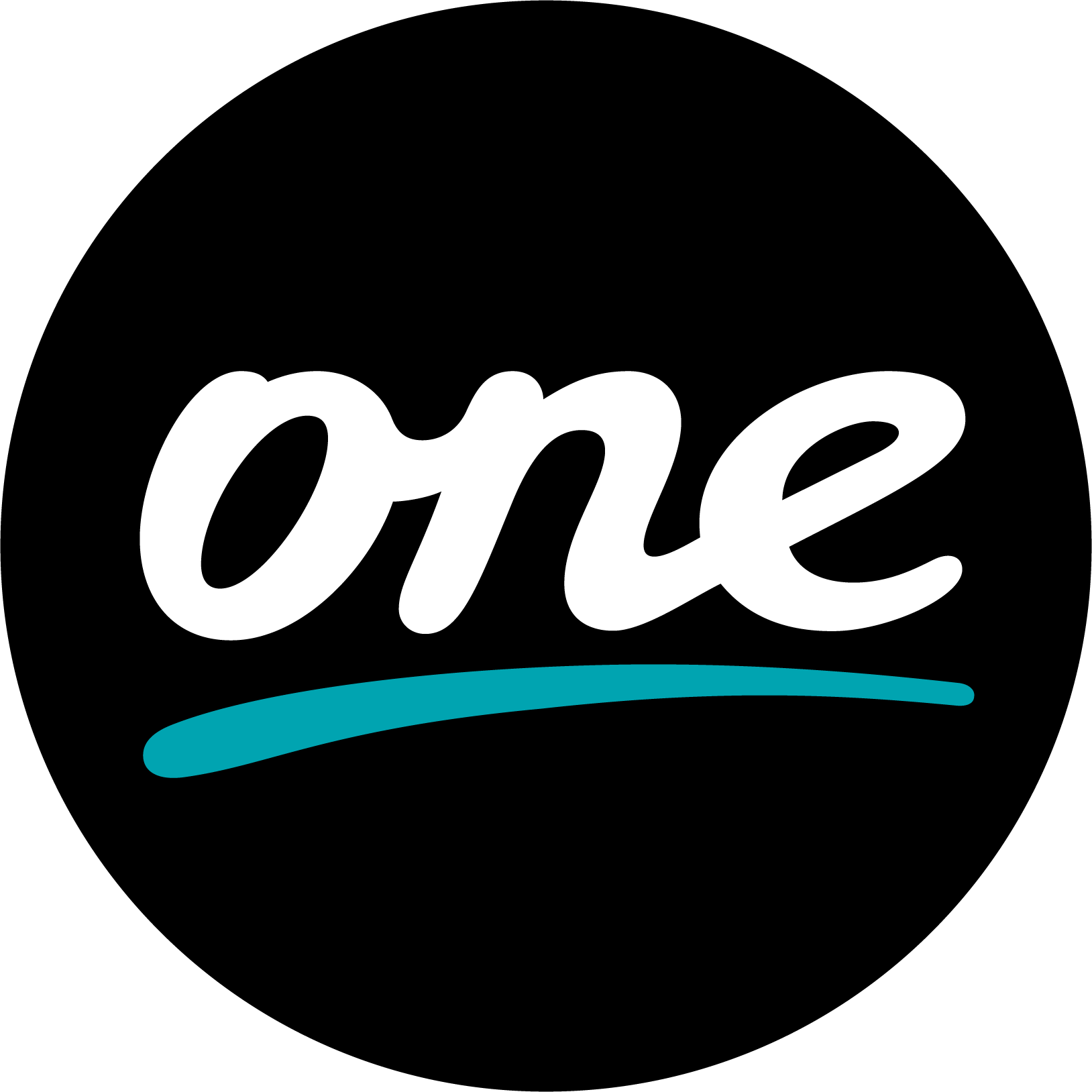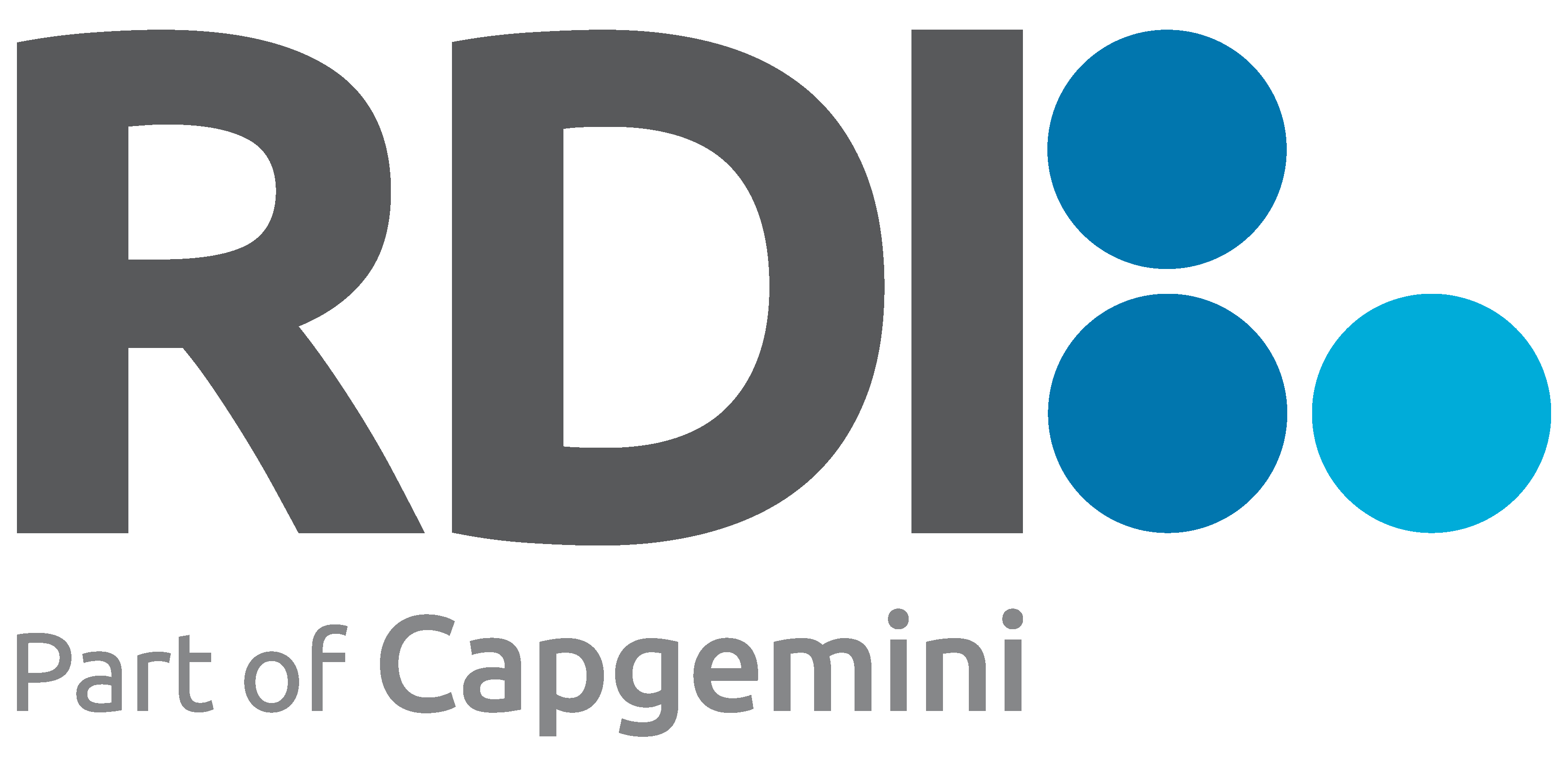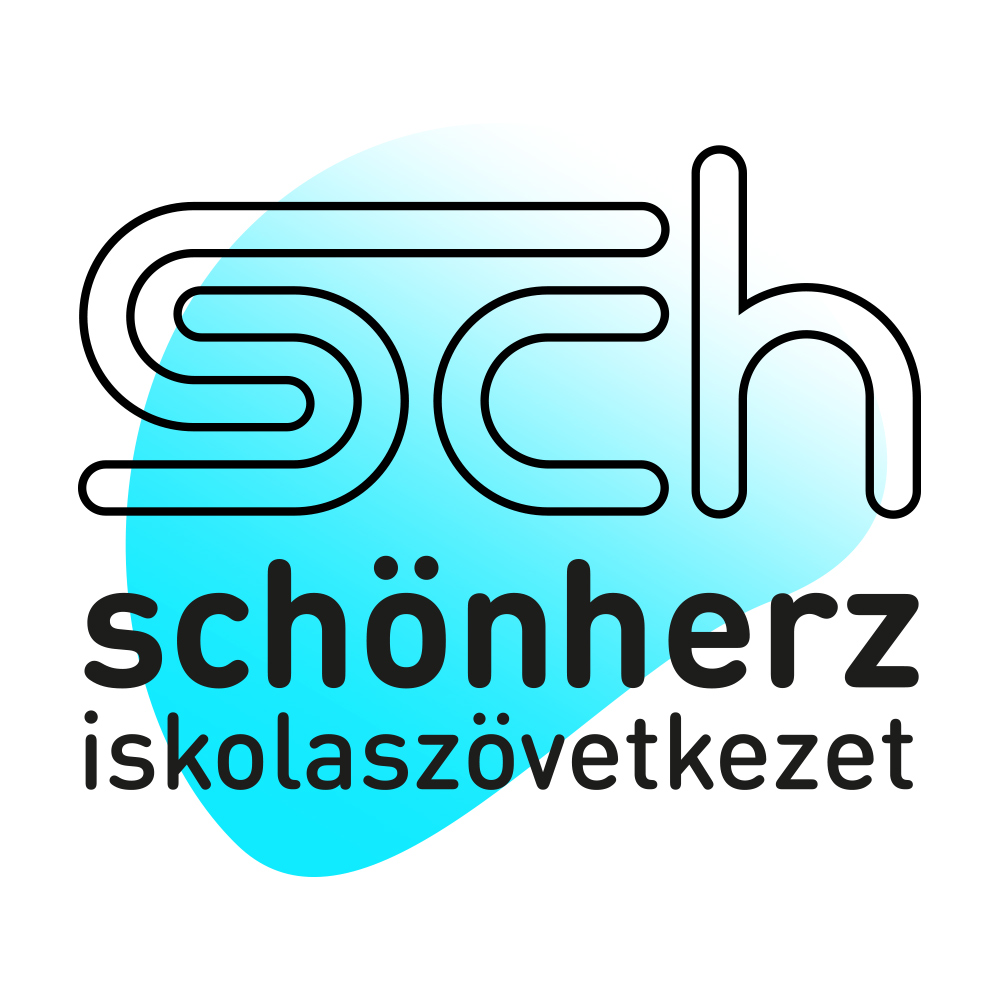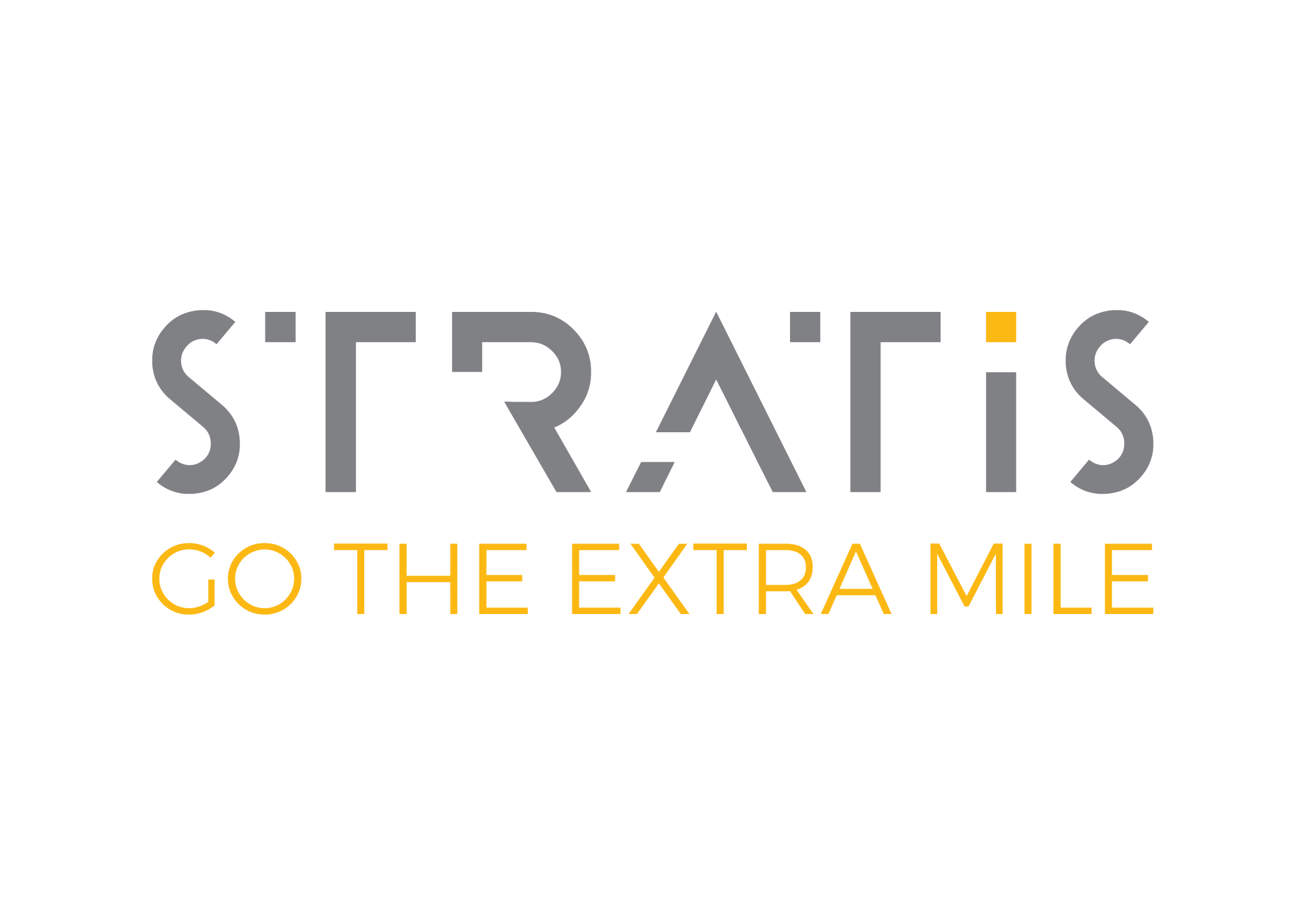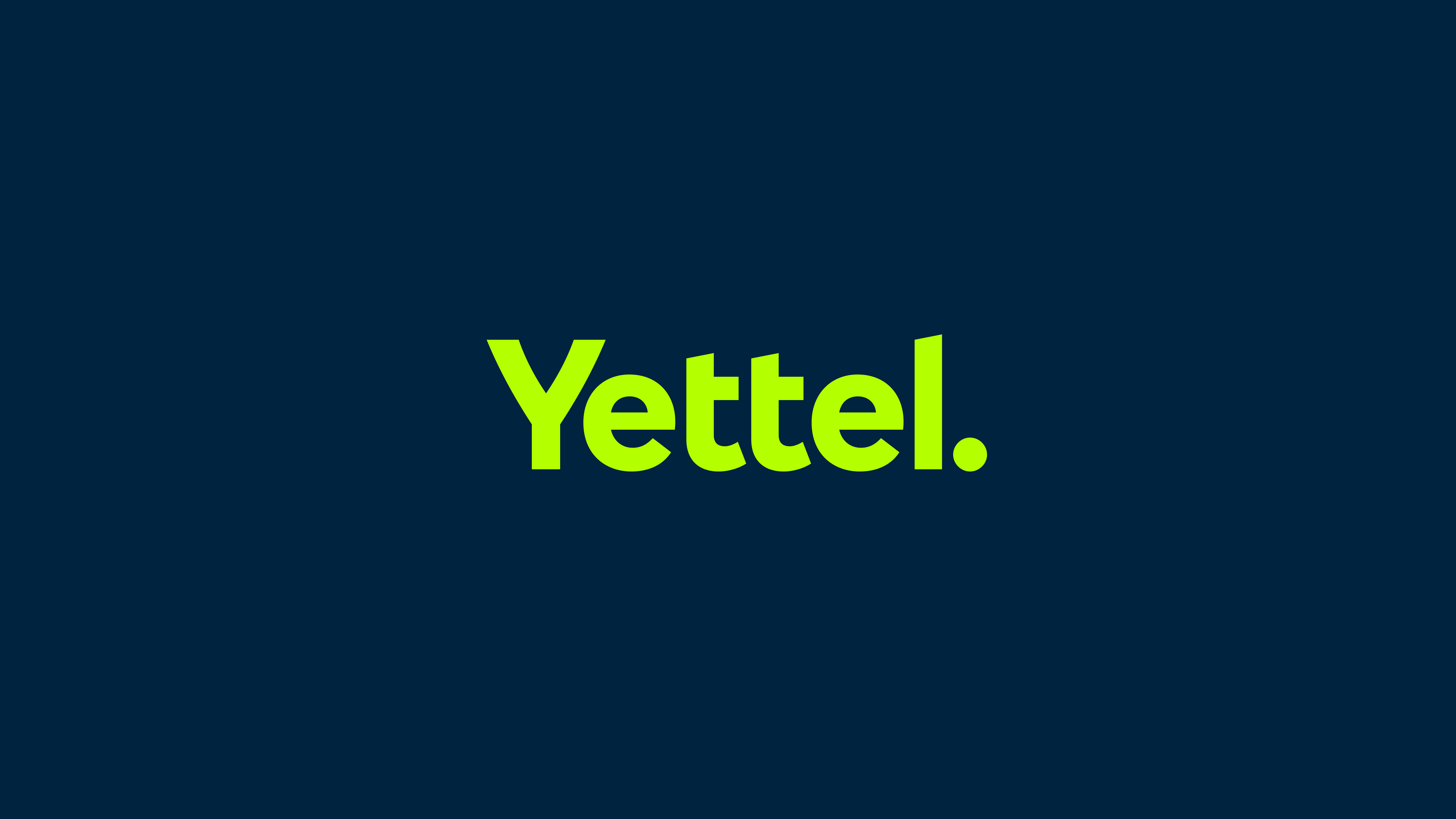This IEEE Communications Magazine feature topic is intended to present to the Magazine's audience a concise, tutorial-oriented reference of the state-of-the-art, current and future research challenges, and trends for quantum communications. Manuscript Deadline: March 1, 2013
Call for Papers IEEE Communications Magazine
Quantum Communications: Research and Implementation Challenges
When crossing the borders towards nano-level electrical circuits, engineers face new quantum phenomena, such as superposition and entanglement, which do not have analogs in the classical domain. Exploiting these strange quantum mechanical effects enables fundamentally new communications solutions which will revolutionize communication networks from the personal to the global-satellite scale.
Manufacturers and service providers in the communication industry place particular R&D emphasis on emerging technological solutions that may lead to practical applications and benefits. As an example of this, Quantum Key Distribution protocols now appearing on the market can replace theoretically vulnerable public key security systems. This is only the beginning of a new era of products exploiting quantum-based authentication, fingerprinting, and other security functions.
Quantum information theory predicts that the capacity, and thus achievable transmission rates, of quantum links can exceed classical limits. Recent successful experiments prove that quantum information transmission is possible over typical optical fibers used by telecom providers and over free-space links. However, to build entire quantum networks, the repeater functionality, which challenges the so called No-cloning theorem, has to be developed. We are currently making the first steps of a transition between classical networks and quantum systems. Both approaches will have to peacefully co-exist during the next decade; there is even some possibility that they may be able to support and enhance each other.
This IEEE Communications Magazine feature topic is intended to present to the Magazine's audience a concise, tutorial-oriented reference of the state-of-the-art, current and future research challenges, and trends for quantum communications. To achieve this goal, the feature topic expects original papers that survey emerging issues and the corresponding implementation techniques in quantum communications networks. Original research contributions are considered if the authors can present the results in a tutorial fashion that is accessible to non-experts. The submitted materials should not be currently under review by any other journal/magazine/conference.
Scope of Contributions
To ensure complete coverage of the recent advances in quantum communications contributions are solicited in, but not limited to, the following areas:
- Quantum-based security: quantum key distribution, fingerprinting etc.
- Quantum repeaters and long-distance communications
- Quantum networks
- Optical fiber-based communications
- Free-space communications
- Integration of classical and quantum communications
- Protocols and their performance
- Entanglement as a resource for quantum technology
- Implementation issues
- Experiments and testbeds
- Quantum Noise and Quantum Information Theory
The feature topic is expected to have 5-6 papers.
Submission Guidelines
Articles should be tutorial in nature, with the intended audience being all members of the communications technology communities, both industry and academia. They should be written in a style comprehensible to readers outside the specialty of the article. Mathematical equations should not be used (in justified cases up to three simple equations are allowed).
Articles should not exceed 4500 words. Figures and tables should be limited to a combined total of six. The number of references is recommended to not exceed 10 (maximum 15).
Complete guidelines for preparation of the manuscript are posted at http://www.comsoc.org/commag/paper-submission-guidelines. Please send a pdf (preferred) or MSWORD formatted paper via Manuscript Central (http://mc.manuscriptcentral.com/commag-ieee). Register or log in, and go to Author Center.
Follow the instructions there. Select "Quantum Communications/August 2013".
Manuscript Deadline: January 15 extended to March 1, 2013
Notification of acceptance: May 15, 2013
Final Manuscript Due: June 1, 2013
Publication: August 2013
Guest Editors
Sándor Imre
Dept. of Networked Systems and Services
Budapest Univ. of Technology and Economics
Magyar tudósok krt. 2.
Budapest, Hungary, 1117
Email: imre@hit.bme.hu
Paulo Mateus
Instituto de Telecomunicações
Instituo Superior Técnico
Av. Rovisco Pais
1049 Lisboa, Portugal
Email: paulo.mateus@lx.it.pt
Jaewan Kim
School of Computational Sciences
Korea Institue of Advanced Study
Cheongryangri-dong
Seoul, Soth Korea, 130-012
Email: jaewan@kias.re.kr
Anton Zavriyev
MagiQ Technologies, Inc.
11 Ward Street
Somerville, MA 02143, USA
Email: anton@magiqtech.com
Peter Nagy
Scientific Association for Infocommunications, Hungary
Kossuth Lajos Square 6-8.
Budapest, Hungary, 1055
Email: nagy.peter@hte.hu
------------------------------------------------
------------------------------------------------
------------------------------------------------




